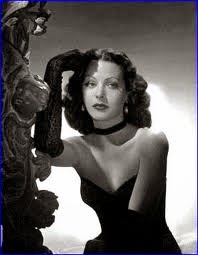1776 by David McCullough is a
historical book written about the year 1776 during the American Revolution. The
book focuses on the military aspects of the revolution during that year, the
battles at Dorchester Heights, Long Island, and Trenton, as well as the
military chain of command for both the Continental and British Army. McCullough
does delve a little bit into politics of the American Revolution, but those
areas are mostly left in the background (i.e. Continental Congress, Declaration
of Independence).
The best thing about the book is that McCullough
delivers the history as a story. Most Americans know about the history and the
situations of the American Revolution (hopefully), and therefore, it could have
been very easy to bore someone who doesn't have a vast interest in history with
the material, but McCullough doesn't fall into that trap. I didn't find the
"story telling" dry at all as I have experienced with other
historical books; he was able to keep the book moving through each event and
battle without dragging it down with uninteresting facts.
Another reason I thought the book moved well was
because of the inclusion of the personal histories of the men in charge of each
military. People familiar with the American Revolution (or just America in
general) know about George Washington, and some may even be familiar with
General Cornwallis of the British. McCullough does place emphasis on
Washington, but the entire book does not revolve around Washington. The reader
is given a significant dose of the other commanders who were heavily involved
including General Howe, Nathanael Green, Henry Knox, and others. McCullough
provides the reader with a history for each man, allowing the reader to see
where each came from and how he arrived at his station, so that we may better
understand their motivations and rationale as they moved through the war.
Another positive aspect of the book is that I
didn't think it was biased towards either side. I always think of the quote,
"History is written by the winners," but I think McCullough fairly
portrayed both sides of the war. He didn't cast Washington as a better and more
competent field general than Howe; in fact, he recalled a number of times when
Washington's indecisiveness cost the Continental Army. McCullough showed where
the American forces were brilliant, where they were lucky, and where they were
terrible examples of human beings, and he did the same for the British/Hessian
army (i.e. both sides ransacked towns that they inhabited). The only time I
felt biased while reading the book was when McCullough painted the American
army as the rough, ragged, grass roots underdog army in comparison to the more
refined and well-trained British army. It's not a fault of McCullough; the
American army really was the heavy underdog when compared to the British army,
who was the greatest military force (Army and Navy) during that time. I just
think that (maybe because OF the American Revolution) Americans are biased
towards liking the underdogs. We always seem to cheer for the guy who wasn't
given everything, but perseveres against the odds because of his craftiness,
his will power, and/or his luck. Maybe it's inherent in our patriotism because
our nation was founded under that pretense.
While I do enjoy history, I do not read a lot of history books because I find most of the
writing bland and dull. In 1776 (and possibly his other books?), David
McCullough is able to break that mold and take the history and the facts and
present it so that the book reads less like history and more like a good story,
making the book a great read.




